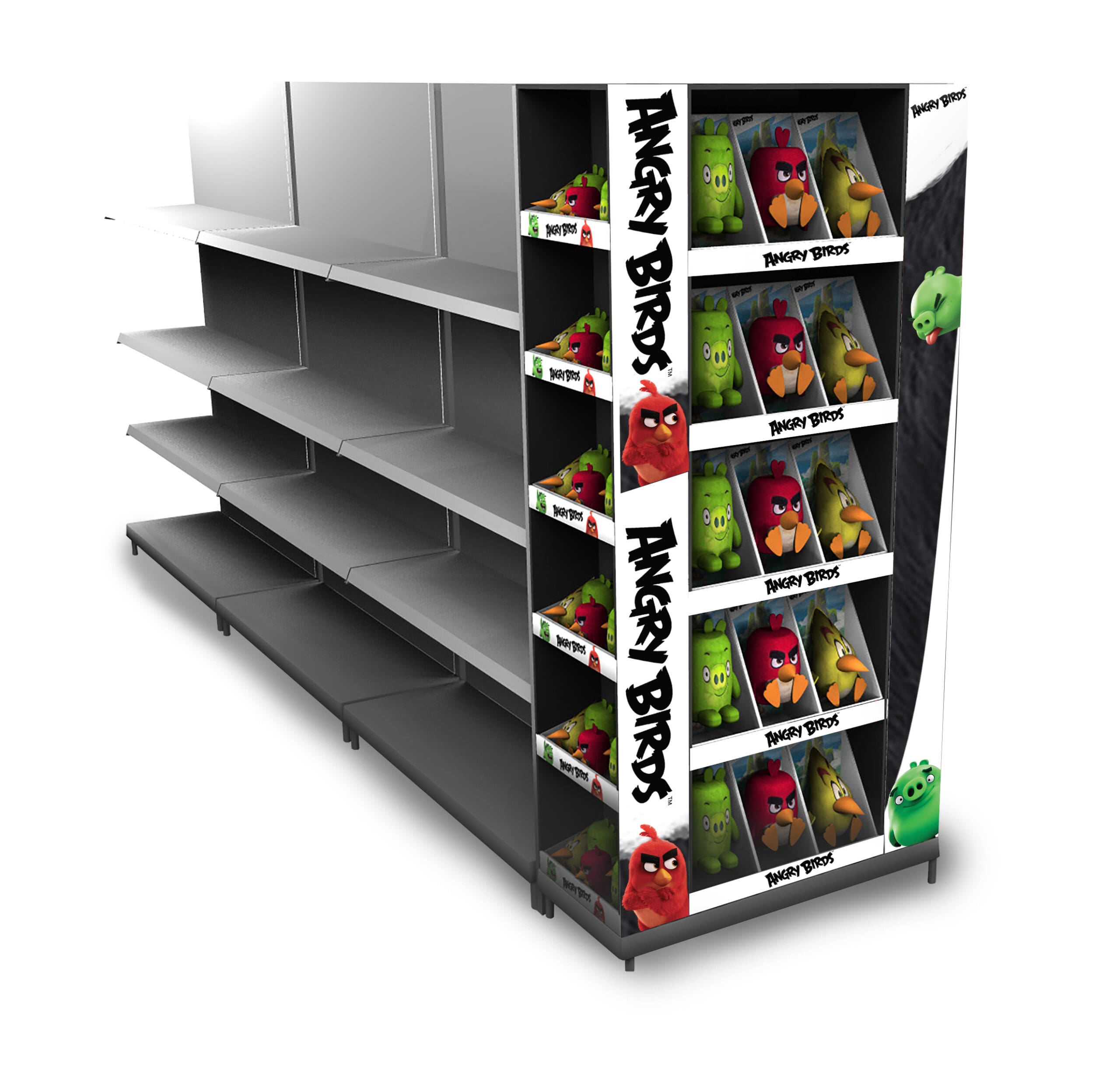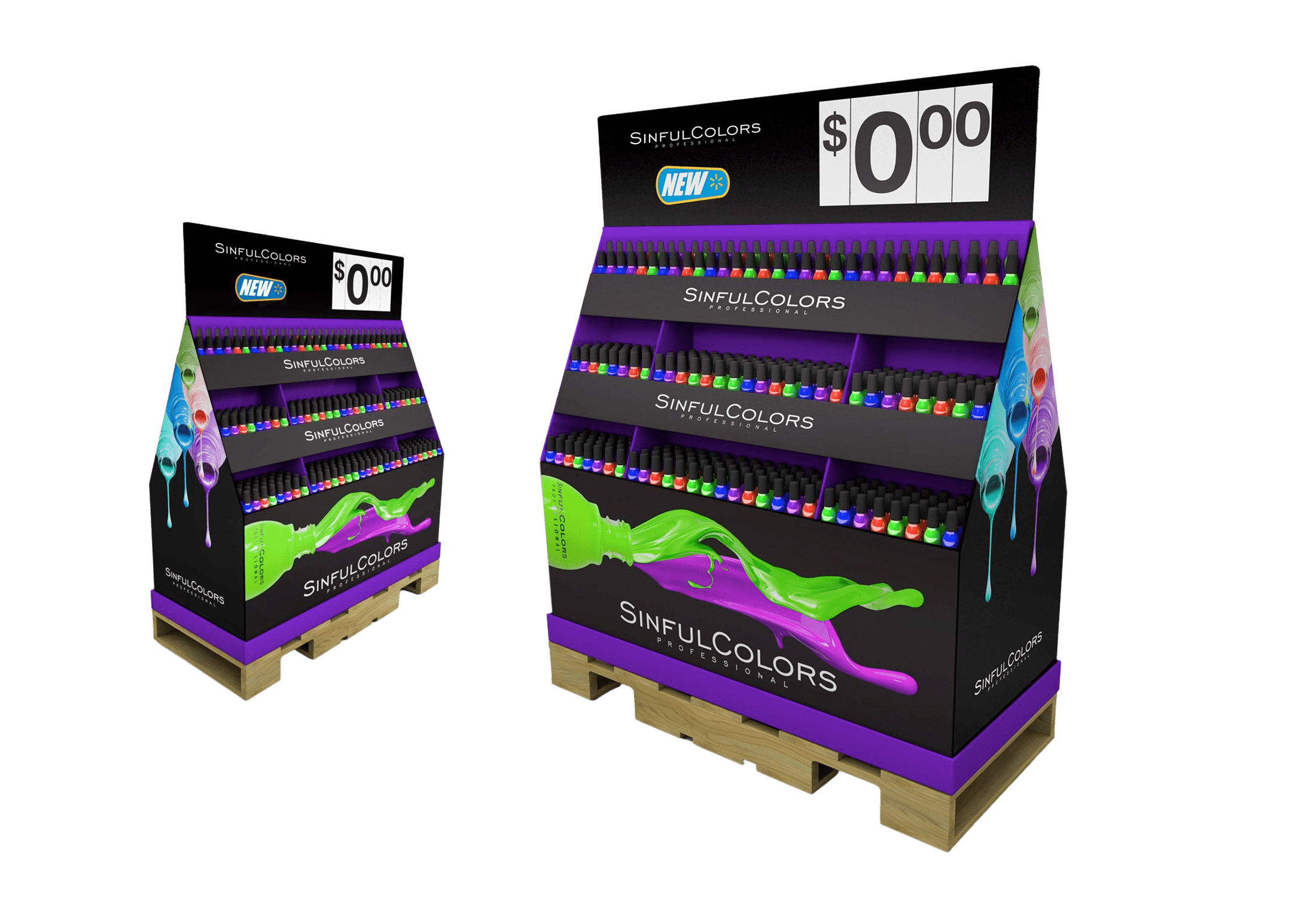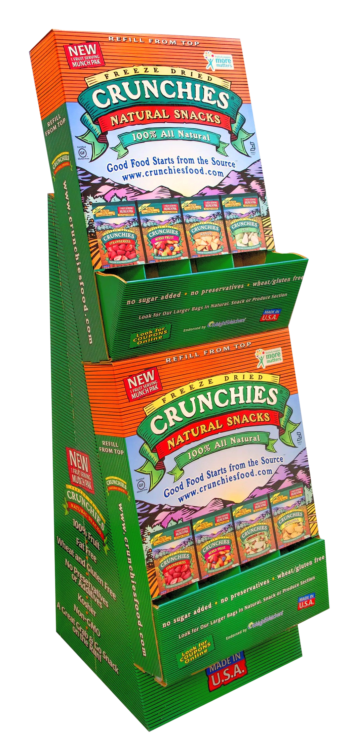Home » The Psychology of Point of Purchase Displays
The Psychology of Point of Purchase Displays

Understanding consumer psychology is paramount to creating effective point of purchase (POP) displays. These strategically placed displays can significantly influence a customer’s decision to make an impromptu purchase.
This article will delve into the fascinating realm of consumer psychology and explore how it drives the efficacy of point of purchase displays.
The Impulse Buying Phenomenon
Impulse buying is a spontaneous, unplanned decision to buy a product made just before checking out. These decisions are driven by emotional triggers rather than logical reasoning, making them a ripe opportunity for retailers. Well-executed POP displays are instrumental in triggering these emotional responses and encouraging impulse buying.
Psychological Principles Behind Effective POP Displays
The Scarcity Principle
Scarcity triggers a sense of urgency and fear of missing out (FOMO) among customers. POP displays that showcase limited-edition products or time-bound offers can effectively exploit this principle, encouraging customers to purchase immediately.
The Principle of Reciprocity
Humans are naturally inclined to return a favor. Offering free samples or demonstrations at POP displays can make customers feel a sense of indebtedness, making them more likely to purchase the product.
The Power of Visual Appeal
Aesthetically pleasing and visually stimulating POP displays can significantly influence purchase decisions. Bright colors, creative designs, and unique product arrangements can catch a customer’s eye and evoke a positive emotional response, increasing the likelihood of an impulse buy.
The Rule of Three
The human brain finds comfort in patterns and particularly favors the number three. Organizing your POP display with product groupings of three, or incorporating the rule of three in your messaging, can make the display more appealing and effective.

Harnessing Psychology for Enhanced POP Displays
Understanding the psychology behind consumer behavior enables retailers to create more effective POP displays. Here are some strategies that you can adopt:
- Target Emotions: Design your POP displays to evoke positive emotions. This can be achieved through visual elements, strategic product placement, and persuasive messaging.
- Use Social Proof: Incorporating customer testimonials or ratings in your POP displays can boost their credibility, encouraging more purchases.
- Leverage Novelty: The human brain is naturally attracted to new things. Regularly updating your POP displays with new products or designs keeps customers engaged and boosts the chances of impulse buying.


Conclusion: The Science of Selling
In conclusion, the psychology of point of purchase displays is an intricate science that intertwines consumer behavior, marketing strategies, and retail design. By understanding the psychological principles that influence customers’ buying decisions, retailers can design more effective POP displays and significantly boost their sales.
If you’re interested in pop displays, then partner with Brown Packaging today to get started.
RSC boxes are known for their efficiency and versatility, but their performance ultimately comes down to strength. Buyers often see numbers like ECT, BCT, and
In packaging, foam isn’t just about initial protection — it’s about maintaining performance over the entire shipping or storage cycle. Compression set and recovery characteristics
Pouches are a go-to for flexibility and convenience, but they can fail in critical ways—from poor seals to punctures and delamination—that hurt performance and brand
In the retail environment, the placement of Point of Purchase (POP) displays is just as critical as their design and content. Strategic positioning can significantly
Choosing the right foam density isn’t about “soft” versus “hard” — it’s about controlling shock transmission and matching the foam’s cushioning curve to the product’s
Moisture resistance and dimensional stability are critical performance factors for custom inserts, especially when products are shipped or stored in variable climates. Both foam and
Home » The Psychology of Point of Purchase Displays

After deploying Point of Purchase (POP) displays, the next critical step is to monitor and evaluate their effectiveness. This phase is essential to understanding the

A Point of Purchase (POP) display is a powerful marketing tool used by retailers and brands to attract customers’ attention, showcase products, and boost sales

When it comes to retail marketing, Point of Purchase (POP) displays are essential for capturing customer attention and promoting your products effectively. The size and


